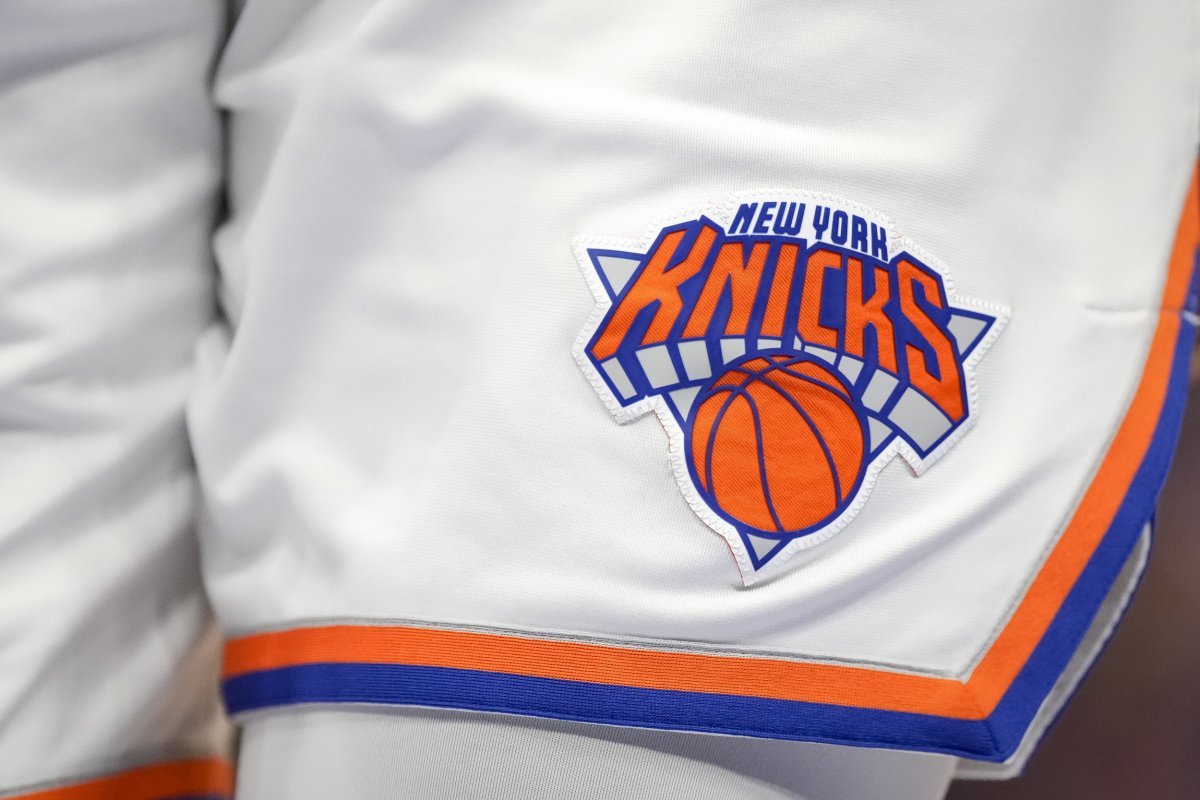-
DraftKings Promo Code: Claim $200 Bonus For MLB, NFL, Any Game This Week - 18 mins ago
-
Cassidy, His Job in Peril, Scrutinizes Kennedy on Vaccines - 42 mins ago
-
California’s COVID wave could be waning. Here are the latest numbers - 47 mins ago
-
Michael Vick Dismisses Rumors of Virginia Tech Coaching Reunion - 53 mins ago
-
Text Messages From Suspect in the Kirk Shooting Provide a Glimpse of a Motive - about 1 hour ago
-
Packers’ Jordan Love Doesn’t Hold Back on Micah Parsons - about 1 hour ago
-
'The Housemaid' Trailer Gives First Look at Sydney Sweeney-Led Thriller - 2 hours ago
-
UC employees, not waiting on leaders, sue Trump for ‘financial coercion’ over UCLA cuts - 2 hours ago
-
The Kirk Crackdown Is Underway - 2 hours ago
-
Knicks Sign Matt Ryan, Alex Len to Training Camp Deal - 3 hours ago
New Yorkers Have Little Data but Big Feelings About Congestion Pricing
It’s too soon to know whether New York City’s new congestion pricing plan has succeeded in reducing traffic in Manhattan. And it will be a while before we know if the new fees will raise the billions of dollars proponents have promised. But even before the hard data arrives, New Yorkers (and those who commute to New York) have had a lot to say.
Some public transit commuters report buses miraculously arriving on time or (gasp) early. Drivers are either steaming mad — or agog at traffic-free bridges. Many pedestrians say they are suddenly less anxious about crossing the street. And some former congestion pricing haters are startled to find themselves reconsidering.
The first-in-the-nation plan took effect this week after years of contentious debate. Most drivers now pay $9 to enter Manhattan below 60th Street. Money collected from the toll is supposed to be used to improve public transportation.
Congestion pricing arrived at the same time as a stretch of brutally cold weather in New York, so it’s still unclear what has been keeping people out of their cars and off the streets.
But Ilena Robbins, 37, believes congestion pricing has already been transformative.
It is not hyperbole to say that crossing Canal Street, a notoriously clogged east-west thoroughfare with four — and in some places six — lanes, used to make her fear for her life.
Ms. Robbins, who grew up in Manhattan but now lives in Queens, compared navigating the intersection where she works, at Canal and Lafayette Streets, to a game of Frogger — at least in the old days.
“It would stress me out just getting lunch,” she said. Thursday was her first day there post-congestion pricing. “I couldn’t believe it,” she said. “I was able to cross safely, and cars weren’t honking. It was like a whole other world.”
Asad Dandia owns and operates a walking tour company, New York Narratives, and conducted his first post-congestion pricing walking tour at noon on Thursday, leading 20 students through Lower Manhattan.
“It was much easier to cross the street,” said Mr. Dandia, a 32-year-old native of Brighton Beach, Brooklyn. “Definitely quieter. Definitely calmer.”
Mr. Dandia, who also teaches a New York City history course at CUNY Guttman Community College, added that he saw great potential in congestion pricing. “I think it could lead to a renaissance — a street renaissance.”
Even people who don’t study the streets for a living were swept up in the excitement.
Annie Kaur usually posts videos about fashion on her TikTok account. But from her apartment on the 32nd floor of a building that overlooks Third Avenue, Ms. Kaur, a 27-year-old management consultant, noticed how few cars were on the road during rush hour on Tuesday.
At 5:04 p.m., she filmed a video from her window and posted the clip with the caption, “There’s usually so much traffic during this time of the day!”
By Friday, the video had over three million views — more than any of her other posts.
“It definitely did surprise me,” she said. “This is not my usual content.”
There were also over 3,000 comments, some cranky: “If u have this view u can afford the tolls,” one viewer wrote.
Ms. Kaur said congestion pricing doesn’t really affect her much, except if she takes a cab or Uber at night, when that feels safer than riding the subway.
But her perch gives her an interesting perspective. “I’ve seen a lot of traffic,” she said. “I’ve seen gridlock — just, crazy, stopped.”
On the day that she filmed, she said, the traffic seemed about 25 percent lighter. But, she hedged: “It could just be because it was after the holidays. And it was less than 20 degrees. It was freezing, you know?”
Regardless, down on the streets, some people were ecstatic.
Ramit Sethi, an author and entrepreneur, posted in all caps on social media that his ride on Thursday was “the fastest trip I’ve ever taken to the airport from NYC!!! Thank you congestion pricing!!!”
In an email, Mr. Sethi, 42, reported that his Lyft driver got him from downtown Manhattan to Newark Liberty International Airport in just 23 minutes. “No honking, zero congestion around the Holland Tunnel, no need to leave an extra half-hour early to account for traffic,” he said.
And some drivers admitted they have been forced to change their tune.
On Tuesday, a social media user named Ali Lyles posted a video on TikTok in which he compared being charged a toll as he crossed a bridge to “being robbed without a gun.”
Just a short time later, he posted another video, acknowledging that he had saved half an hour from his commute. “There wasn’t no traffic, bruh,” he said. “I might actually like congestion pricing!”
Marc Jacoby, 64, had a similar experience. He drives from the West Village to the Bronx or Westchester four to five times a week to teach music to people with special needs. He drives instead of taking public transportation because, he said, he carries so much equipment: “Guitars. Puppets. Percussion instruments. Flutes. Whistles. Sometimes toys.”
Before now, Mr. Jacoby had only negative impressions of congestion pricing.
“If someone asked me, two weeks ago, I would say this is going to be a disaster,” he said. “But I was wrong about that. And I’m happy to admit that I was wrong.”
At 42nd Street and the West Side Highway on Thursday at 1 p.m., the consistently clogged streets near the Intrepid Museum and Circle Line Cruises were clear. Mr. Jacoby described the scene as “actually unbelievable.”
There are discounts for low-income vehicle owners, but Mr. Jacoby believes the fee should be set on a sliding scale.
“When Big Brother scans your license plate, they should tie it to your state tax return,” he said. A driver making a half-million dollars a year, he suggested, should pay $50. “And when they see me, maybe I should pay $5 or $9.”
Some people don’t want to pay at all.
On Wednesday, Scott LoBaido, a Staten Island-based artist and activist, posted a video to social media showing himself using duct tape to cover up his license plate and suggesting others do the same, as a way to avoid the toll.
Later in the day, Mr. LoBaido, whose work includes paintings of Donald Trump hugging the Empire State Building in front of an American flag, was arrested after he staged a one-man protest near Columbus Circle.
Still, there was so much congestion pricing buzz — positive, negative or neutral — that even brands and people in other cities were chiming in.
Shake Shack announced a temporary “Congestion Pricing Combo” starting Jan. 13: a burger and fries for $9 — “toll not included.”
And Lauren Walker, a resident of Washington, D.C., wondered if cities should go even further: “My opinion on congestion pricing,” she joked on the social media site Bluesky, “is that it should cost 10,000 dollars to honk your car horn.”










